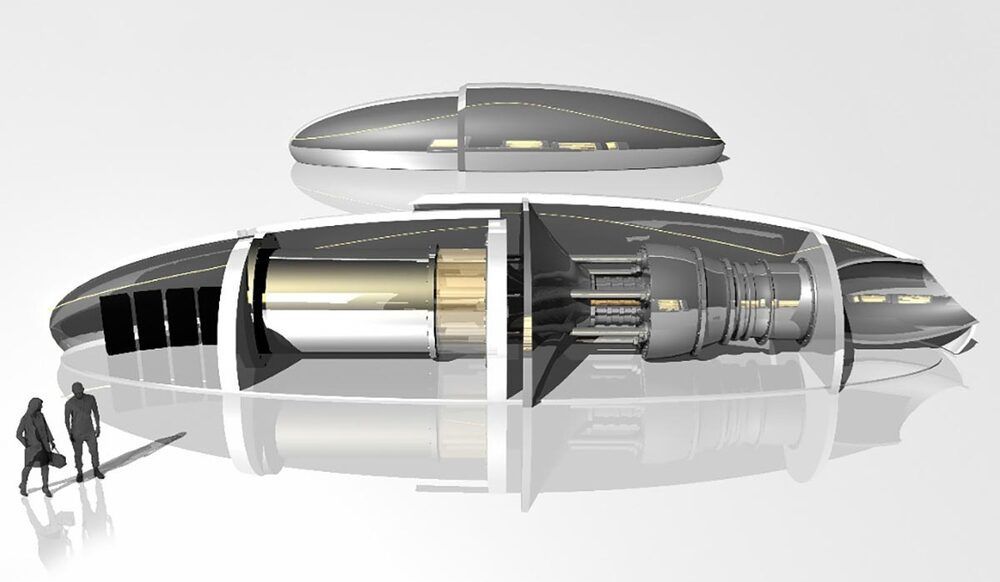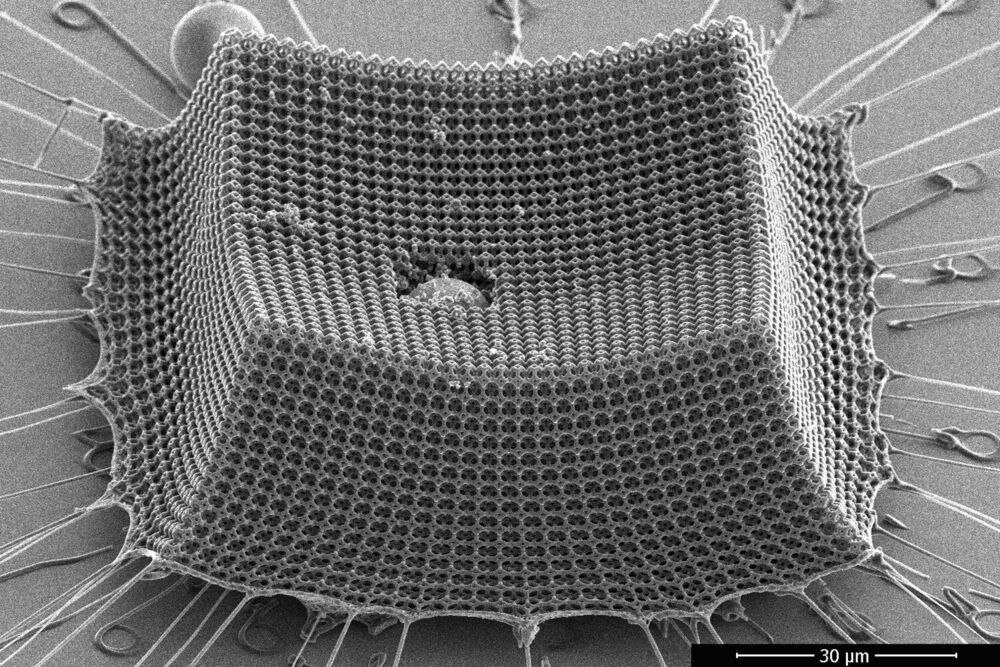Artificial intelligence (AI) seems to power all sorts of devices nowadays. Why not a lawn mower, too?
Get the latest international news and world events from around the world.

Upcoming Moon ‘wobble’ could cause mass flooding across Earth, scientists warn
A NASA study has revealed how a ‘wobble’ in the Moon’s orbit could cause devastating flooding in the 2030s.
Research led by the US space agency predicts cities along the country’s coast could see three or four times as many high-tide flood days annually for a decade.
The Moon’s gravitational pull impacts tidal forces on Earth.


Bad Dog? Research Suggests Superbug Link To Man’s Best Friend
“The trend for feeding dogs raw food may be fuelling the spread of antibiotic resistant-bacteria”, the researchers said in a press release for their study, to be presented at the European Congress of Clinical Microbiology & Infectious Diseases.
Separate research to be presented at the same conference found resistance to a last-resort antibiotic may be passing between pet dogs and their owners.
Antibiotic-resistant “superbugs” — which the World Health Organization calls one of the top global threats to public health — usually conjure images of hospital settings.

UK May Ban Boiling Lobsters Alive Under “Sentient Being” Law, So Can They Really Feel Pain?
Boiling lobsters alive may be banned under a new law in the UK designed to protect the welfare rights of animals considered sentient beings. So, are lobsters sentient, do they feel pain, and what does science have to say about the moral quagmire of crustacean agony and cooking pots?
Back in May 2021, the UK government introduced a bill to formally recognize animals as sentient beings. Among the many facets of the bill, it aimed to limit the import of products from trophy hunting, push for fairer space requirements for farm animals, and stop people from owning primates as pets.
However, the bill only covered animals with a backbone and didn’t include any protections for non-vertebrates, which includes octopuses, squid, insects, and crustaceans. The Times reports that ministers are now preparing to back an amendment to the House of Lords, the upper house of the UK Parliament, to extend the legislation to shellfish and cephalopod mollusks. As per the report, this is likely to involve an outright ban on boiling lobsters alive.

Neuroscientists assess the impact of a short-term musical training on implicit emotion regulation
Emotion regulation is an essential aspect of mental health and wellbeing. In fact, past studies have found associations between poor emotion regulation and several psychiatric disorders, including bipolar disorder, borderline personality disorder and complex post-traumatic stress disorder (PTSD).
During their everyday life, humans can regulate their negative emotions in different ways, most of which do not require any conscious cognitive engagement. For instance, they might take a bath, step outside for fresh air or listen to music.
Researchers at Radboud University Nijmegen in The Netherlands, the Norwegian University of Science and Technology (NTNU), and University Hospital Aachen, Germany have recently carried out a study aimed at investigating the effects of a short-term musical training on implicit emotion regulation. Their paper, published in BMC Neuroscience, specifically examined whether musical training helped people to reduce the negative emotions elicited by unpleasant or disgusting odors.

“Nuclear Batteries” Offer a New Approach to Carbon-Free Energy
Jacopo Buongiorno and others say factory-built microreactors trucked to usage sites could be a safe, efficient option for decarbonizing electricity systems.
We may be on the brink of a new paradigm for nuclear power, a group of nuclear specialists suggested recently in The Bridge, the journal of the National Academy of Engineering. Much as large, expensive, and centralized computers gave way to the widely distributed PCs of today, a new generation of relatively tiny and inexpensive factory-built reactors, designed for autonomous plug-and-play operation similar to plugging in an oversized battery, is on the horizon, they say.
These proposed systems could provide heat for industrial processes or electricity for a military base or a neighborhood, run unattended for five to 10 years, and then be trucked back to the factory for refurbishment. The authors — Jacopo Buongiorno, MIT’s TEPCO Professor of Nuclear Science and Engineering; Robert Frida, a founder of GenH; Steven Aumeier of the Idaho National Laboratory; and Kevin Chilton, retired commander of the U.S. Strategic Command — have dubbed these small power plants “nuclear batteries.” Because of their simplicity of operation, they could play a significant role in decarbonizing the world’s electricity systems to avert catastrophic climate change, the researchers say. MIT News asked Buongiorno to describe his group’s proposal.

Nickel isotopes link Siberian Traps aerosol particles to the end-Permian mass extinction
The Sverdrup Basin was a Carboniferous to Paleogene depocenter that accumulated over 12 km of sediment from Carboniferous to Paleogene time18 (Fig. 1). From Late Carboniferous to Early Triassic time, the Sverdrup Basin was along the NW margin of Pangea at palaeolatitudes of 35–40°N (ref. 19) (Fig. 1). Until the EPME, the basin was characterised by a central deep basinal area of fine-grained clastic deposition surrounded by a shallow shelf dominated by biogenic carbonate that transitioned in the late Permian to chert formed by shallow water siliceous sponges19. After the EPME, the Sverdrup basin was dominated by clastic-dominated sedimentation18. In this study, we examined the distal deep-water Buchanan Lake section which preserves outstanding Boreal records of the EPME, followed by the biotic recovery in the Early Triassic5. The Buchanan Lake section consists mostly of black shale of the Late Permian Black Stripe Formation and overlying Early Triassic Blind Fiord Formation that preserves characteristic post-extinction fauna20 (Fig. 2).
During the last decade, the Buchanan Lake section has been extensively examined, and the carbon isotope chemostratigraphy, elemental compositions of the shale, and oceanic palaeo-redox changes have been well constrained5, 11, 19, 20, 21, 22, 23, 24, 25, 26 (Fig. 2). The EPME in the Sverdrup Basin is marked by eradication of silica and carbonate producers along with the onset of a significant negative δ13 Corg shift that has been correlated globally with the dated Global Stratotype Section and Point (GSSP) for the Permian-Triassic boundary at Meishan, China, at ~251.9 Ma (refs. 3, 4, 20, 27, 28) (Fig. 2). The palaeo-redox conditions during the deposition of the Late Permian Black Stripe Formation and Early Triassic Blind Fiord Formation evolved from an oxic water column with a strong redoxcline in the sediments to anoxic and then to sulphidic bottom water conditions (Fig. 2).

Ultralight material withstands supersonic microparticle impacts
A new study by engineers at MIT, Caltech, and ETH Zürich shows that “nanoarchitected” materials—materials designed from precisely patterned nanoscale structures—may be a promising route to lightweight armor, protective coatings, blast shields, and other impact-resistant materials.
The researchers have fabricated an ultralight material made from nanometer-scale carbon struts that give the material toughness and mechanical robustness. The team tested the material’s resilience by shooting it with microparticles at supersonic speeds, and found that the material, which is thinner than the width of a human hair, prevented the miniature projectiles from tearing through it.
The researchers calculate that compared with steel, Kevlar, aluminum, and other impact-resistant materials of comparable weight, the new material is more efficient at absorbing impacts.

A Fully Automated Economy–How Can It Work?
Circa 2019
Imagine we go through the disruptive transition between an economy where we need to work to make a living, to one where we don’t. It is hard to imagine because in North America; we haven’t been in this situation since the colonial era. Back in the colonial era, most people were farmers and families had to build their own homes. Neighbors traded with each other and with the closest town with what they had to get what else they needed. Those were difficult days with minimal supply chains established in North America. It is not a period we want to go back to, but we may learn from our forebears to prepare us for what is to come.
It is no surprise, in this age where automation is threatening to replace all employees, that we have concerns about how we can still function as a society when automation will take over most jobs. Fortunately, the same systems that threaten our livelihoods can bring us to a Golden Age of civilization where people live free, happy lives, without the concern for survival. I talk about the future of work in an article I published earlier this year. In a nutshell, and for the purpose of this article, I’ll jump to the conclusion: there won’t be enough demand for humans to have jobs within the next 20 years to sustain an employment-taxation type of economy.
We need to transform our economy to one that fits our aspirations and available technologies.